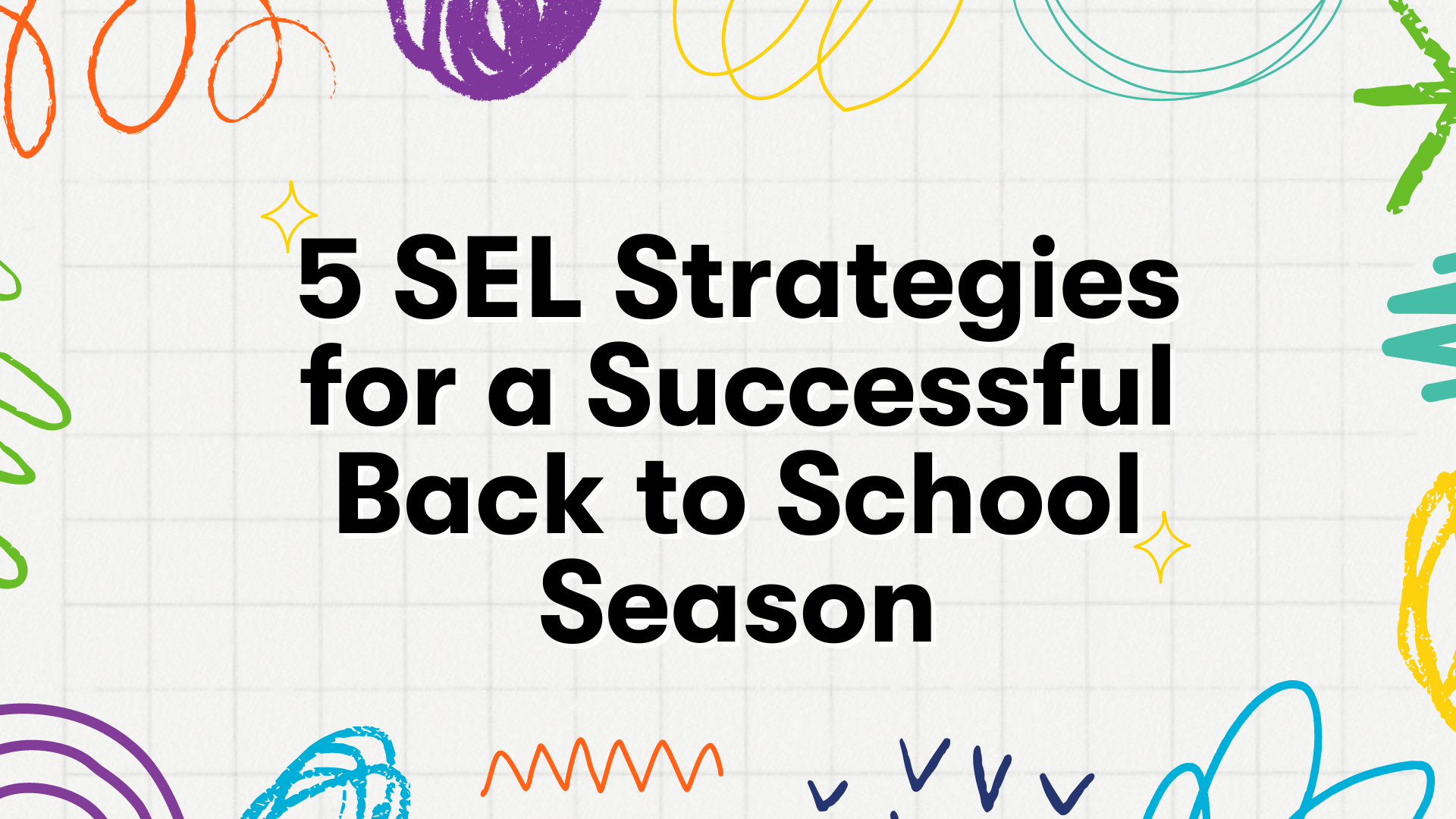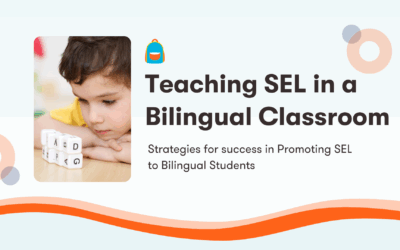Two words, eight letters …
Words we say to our children when teaching gratitude from the moment they learn to speak. Can you guess what they are? Yup: Thank you!

Every language has their own way of saying “thank you”. For me, in Vietnamese, it sounds like cam on. For you and your child, it might sound like merci, xia xia, arigato, or gracias. (For a list of how to say “thank you” in different languages, visit: https://bit.ly/1Q56BGi). But saying “thank you” is only the first step to feeling thankful. Research suggests that children who practice thankfulness or gratitude on a regular basis are happier and enjoy better social relationships.
When our children are down, we encourage them to remember the positives – the people, places or things that make them feel grateful and happy. But, according to research, it is just as important to practice gratitude when things are going well, too. Translation: We should practice gratitude all the time!
Here are seven ways to get you and your child started on a fulfilling journey of teaching gratitude!
Day 1: Practice breathing and thinking happy thoughts. Research shows that focused breathing and thinking about things that bring them joy helps children calm their minds and bodies, and process their emotions. For breathing exercises, click here. Remind your child to think of happy thoughts while concentrating on their breathing!
Click below to download some example breathing exercises from Peekapak’s Self Regulation Unit!
Day 2: Create a gratitude list. While eating dinner with your child or lounging on the couch, engage them in a discussion about things you both are grateful for and write these down. Use sentence starters like: “I appreciate …”, “I am thankful for …”, “I feel happy about …”. Post this list in a visible place to remind your family about being grateful, and continue adding to it. Soon you’ll be doing it so much that it becomes a family habit!
Day 3: Write letters (or send a text). Ah, the lost art of letter writing … the excitement of receiving a handwritten letter never gets old. Introduce letter writing to your child by asking questions like: Who is someone you feel thankful for? Why? Does this person know that you are thankful for them? What would you like to say to them?
Or keep with current trends by sending a selfie with your child to a loved one, accompanied by a short text message of thanks!

Day 4: Keep a journal. Studies have shown a happiness increase in children who write about things they are grateful for at least three times a week. Unlike a diary, these don’t need to stay under lock and key. Bind together some paper and have your child spend a few minutes of their day writing about and sharing what made them feel grateful that day.
Day 5: Read stories. Pick a variety of stories with characters demonstrating grateful behavior. Use these stories as a starting point to begin the conversation. Log into Peekapak’s platform and read The Peekapak Pals and the Tree of Gratitude … for free! Sign up here.
Day 6: Explore surroundings. Walk around your community with your child and point out the things that make you both happy. These can be appreciating a budding flower, or a beautiful park, or the people in your community.
Day 7: Reflect. Help your child practice reflecting upon what they’re thankful for by guiding them to connect their feelings of appreciation to their senses. Ask questions like: How does it sound to be grateful? How does it feel? What could it look like? Why is it important?

We have one day a year dedicated to being thankful for what we have in our lives (Thanksgiving Day!). What about the other 364 days? I’ve given you some ideas for 7 days. You and your child can work together to fill in the rest. The opportunities to show gratitude are endless – be creative!
Looking for a technology-based platform to teach empathy and other social-emotional skills for elementary-aged children? Look no further than Peekapak. Peekapak is an award-winning, social & emotional learning (SEL) platform that leverages engaging lessons, stories and digital games in the classroom and the home. Developed by education experts, Peekapak’s innovative curriculum teaching skills like gratitude, empathy, and self-regulation within literacy, reading, and writing-based learning curriculum.






